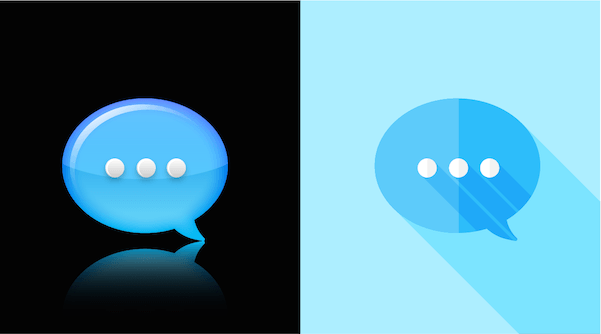How About Your Fancy CSS?
My takeaway on the talk given by Ally Long at CSS Conference Australia 2016.
Ally Long
Follow Ally Long on Twitter • Watch the talk here on YouTube
Ally is currently designing applications for health workers at eHealth Africa, tackling health issues for the less fortunate people. Her focus changed drastically when she took on this role.
From making things as cool as possible to making things as useful as possible.
Her application assists health workers in Africa by helping them monitor the health status of people in their area. It captures geolocation data to map out areas, and it replaces paper based processes that health workers use every day. In this context, her talk went on about how novice users from Africa feel about our use of fancy CSS on applications.

Novice Users
Novice users are people who have never used any type of electronic devices in their life. They are learning their ways around an electronic device for the first time — let alone an application. Their first device is likely from a knockoff market or a second-hand unit that’s somewhat less functional than a brand new one. Can you imagine designing for novice users like these? Ally can — and she does.
I’m assuming you’re reading this thanks to electricity, the Internet, and your electronic device. But that’s not the case for many users in Africa. In fact, Ally found that health workers might not have access to electricity at all. Many of them would need to charge their devices with a generator or pay someone to charge it for them.
Ally also talked about the issues of Internet connection in Africa. Health workers might be working in a remote area with little to no cellular coverage. Broadband is also uncommon, and data is expensive.
Now, think about the fancy CSS on an application that could cause more workload on their device. Not only would it result in a faster drain of battery life, but health workers would also need to travel long distances to charge their units. And for what? Just to make an application look cool and more stylish?
Applications with heavy styles also consume heaps of data, making users spend more on data just to use it. Not so cool now, is it?

User Interface Elements
It’s obvious to some of us how user interfaces work because we’ve been through their evolution. But a novice user won’t know anything about above or below the fold, or even trendy flat designs. Ally also emphasised discoverability for users. That is, you should offer proper affordance to elements. If things can be pressed, make it obvious that it can be pressed. Also, ensure clear labelling to communicate what the element is about. A good practice is to combine icons with the labels.
Avoid hidden elements at all costs.
Prime example: a dropdown select box. Simple ay? This user interface element, however, might come across as confusing for novice users because the information is hidden behind it. Remember that communication is key. Communicate clearly to the users what functions can be done by the elements you’re designing.
Keep It Clear
Ally provided a couple more tips to help novice users navigate your application for the first time.
Keep it light for the user to process. Use one main action per screen to avoid tedious information.
Animation on elements to provide feedback to users. Inform them what has happened and where they should focus.
Consistent interface. This helps users to get familiar with your application.
Make it fun! You don’t have to make it a game, but make sure there’s something enough to encourage users to continue using your product.
Strip everything down to the essentials. Your product is serving a goal for the users. Avoid adding more work for them.
My Takeaway
Ally’s talk inspires me about how we, as makers of application developers, have to go beyond the mile for our users. Remember: There is no typical user. We have to understand our users deeply in order to make products more useful for them. At the end of the day, users are people. And there are several factors that can affect how they use our products that we should be mindful of.
It’s important to have empathy and curiosity at the heart of design.
I must say that I find her courage admirable. Going from a usual day of working at an agency to designing applications in Africa and riding on motorcycles to rural areas for user research. I can see that Ally is on a noble mission — improving the lives of others — and she sees it through. Mad respect for Ally.
To the team, volunteers, behind-the-scenes crew, sponsors, everyone involved with organising the conference. Thank you for making #cssconfau16 such an awesome event. Great food. Cool drinks. Cozy atmosphere. Rad swag bags. Mind-blowing talks. Also, making the event accessible for a temporary-disabled person like myself. You all did an amazing job pulling it off.
To my lovely company, NetEngine. Thank you for sending me to the event!
More Post on CSSConfAu
Easy Wins with Accessibility — Talk by Ally Palanzi. Check it out here.
Thank you for reading.
Find this story interesting? I would love to hear about it.
Feel free to tweet at me, send me an email, or flick me a message via my portfolio. Anyway you like it. I’d love to hear from you.